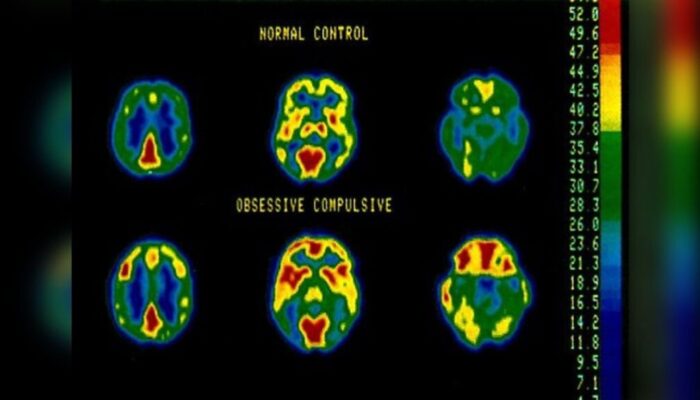OCD is notoriously hard to treat. We consider it a win if we can push it back far enough to make the symptoms “tolerable”. Even when we have remission, it often flares up in stressful situations again.
But, like all mental illnesses, there is always hope. The brain is resillient and wants to find ways to function optimally. Sometimes we just have to get a bit creative to help it find ways to create other pathways and to heal.
The gold standard for treating OCD is a combination of therapy and medication.
CBT (cognitive behaviour therapy) has effectively been used to challenge the underlying beliefs of OCD. CBT treatment is usually short term, with long term benefits. The aim is to manage anxieties by staying grounded in reality and avoiding ritualising.
The medication found to be most effective is the SSRIs (serotonin reuptake inhibitors). However, medication doses needed for OCD are often higher than for other anxiety disorders. This can cause frustration because at higher doses, there are more side effects.
The value of dTMS (deep Transcranial Magnetic Stimulation)
As our understanding of the neurobiology of OCD grows, additional treatment options become available and should be thoughtfully integrated into the treatment algorithm. One such option is dTMS.
dTMS works by directing electromagnetic fields that excite or inhibit areas deep inside the brain. It is entirely non-invasive and performed in an outpatient setting, with no need for hospital gowns or anaesthesia.
Clinical trial results show that daily dTMS treatment for 6 weeks results in a statistically significant 30% reduction in symptom severity as measured by the Yale-Brown Obsessive-Compulsive Scale. This magnitude of response is on par with responses seen in SSRI treatment; however, dTMS may achieve these results faster. Many SSRI studies demonstrate similar responses but only after 8 to 12 weeks.
At the 10-week follow up, the response rate to dTMS increased further. Moreover, this positive effect continued over time, even once the stimulation had ceased.

